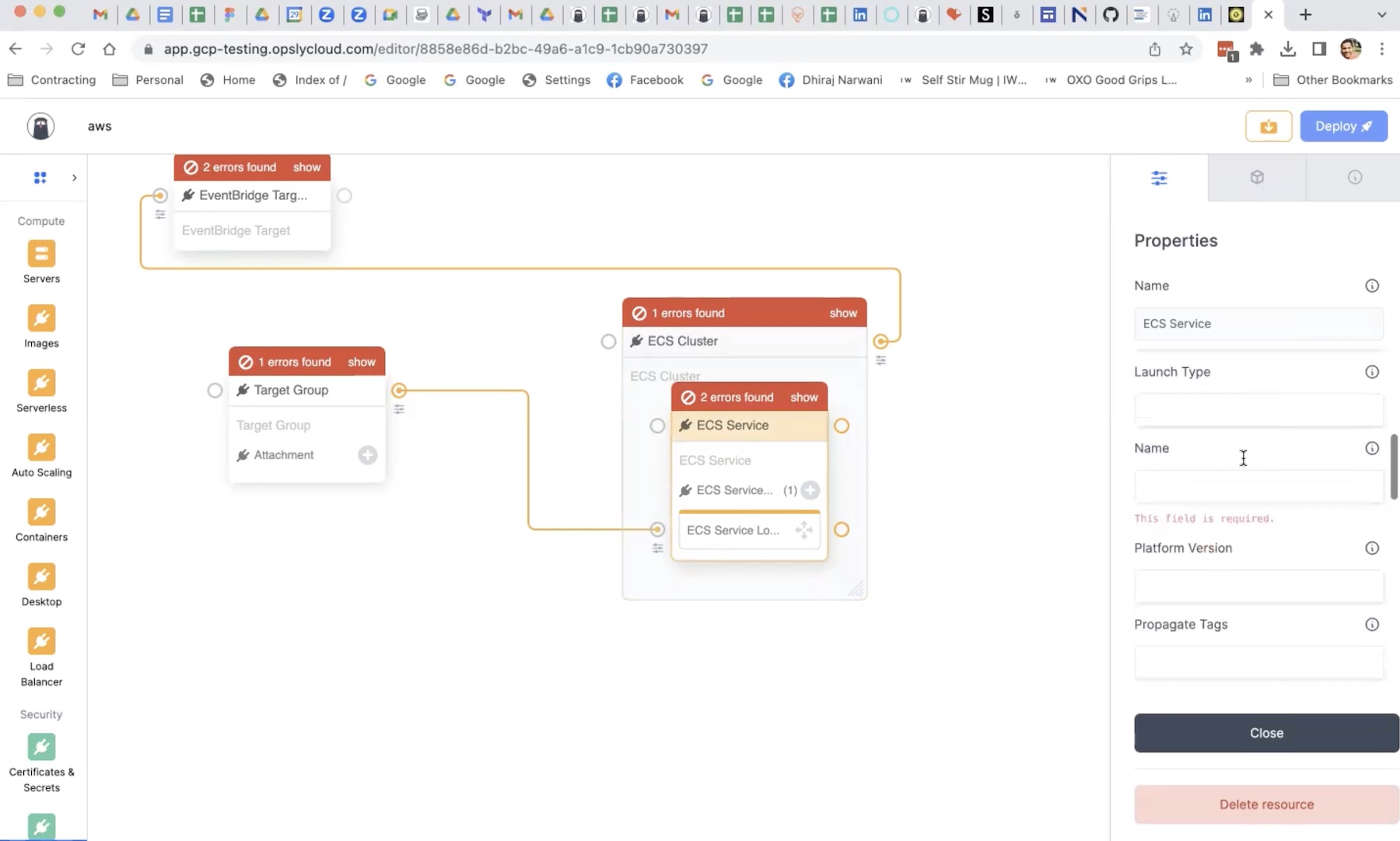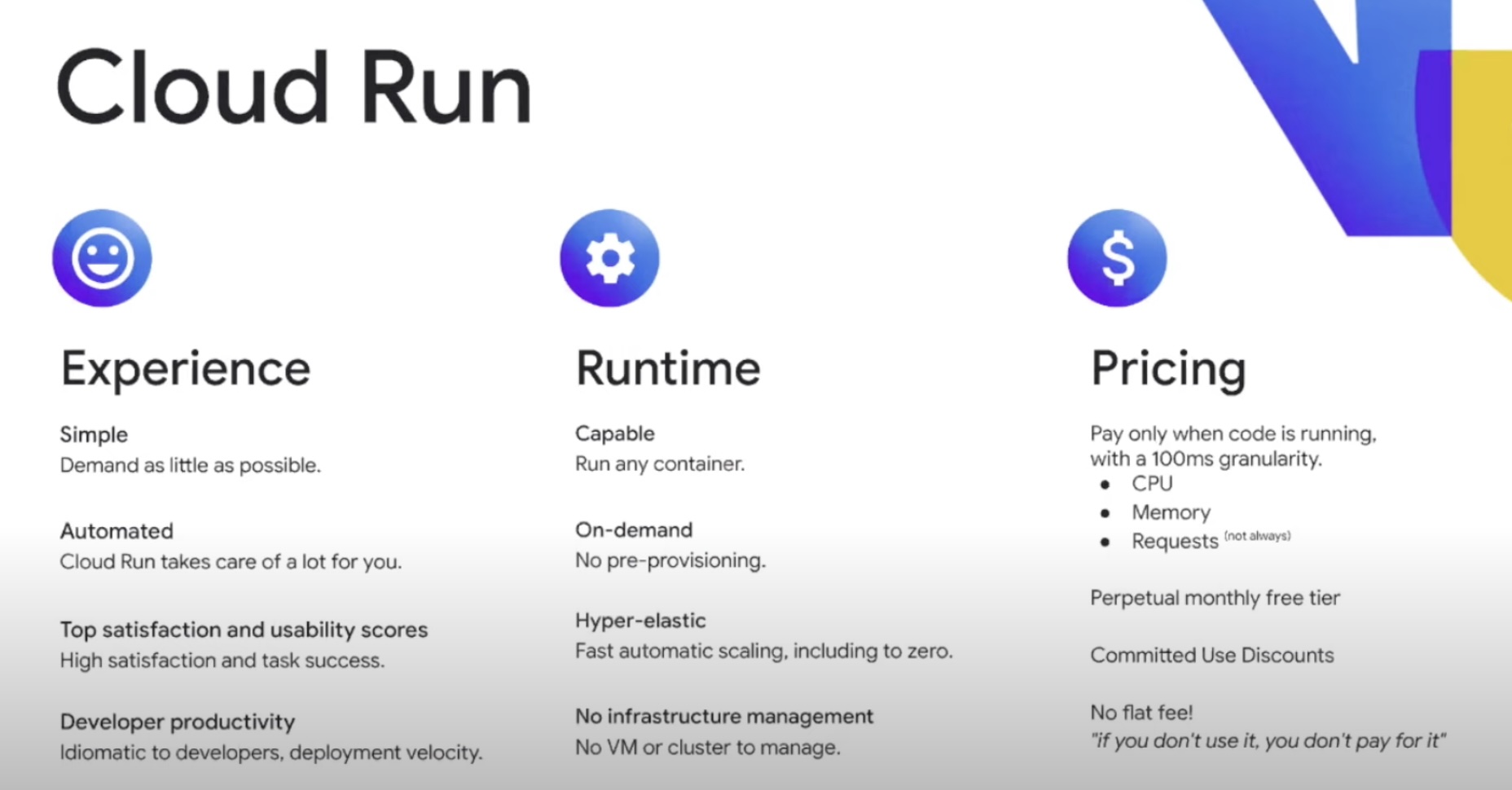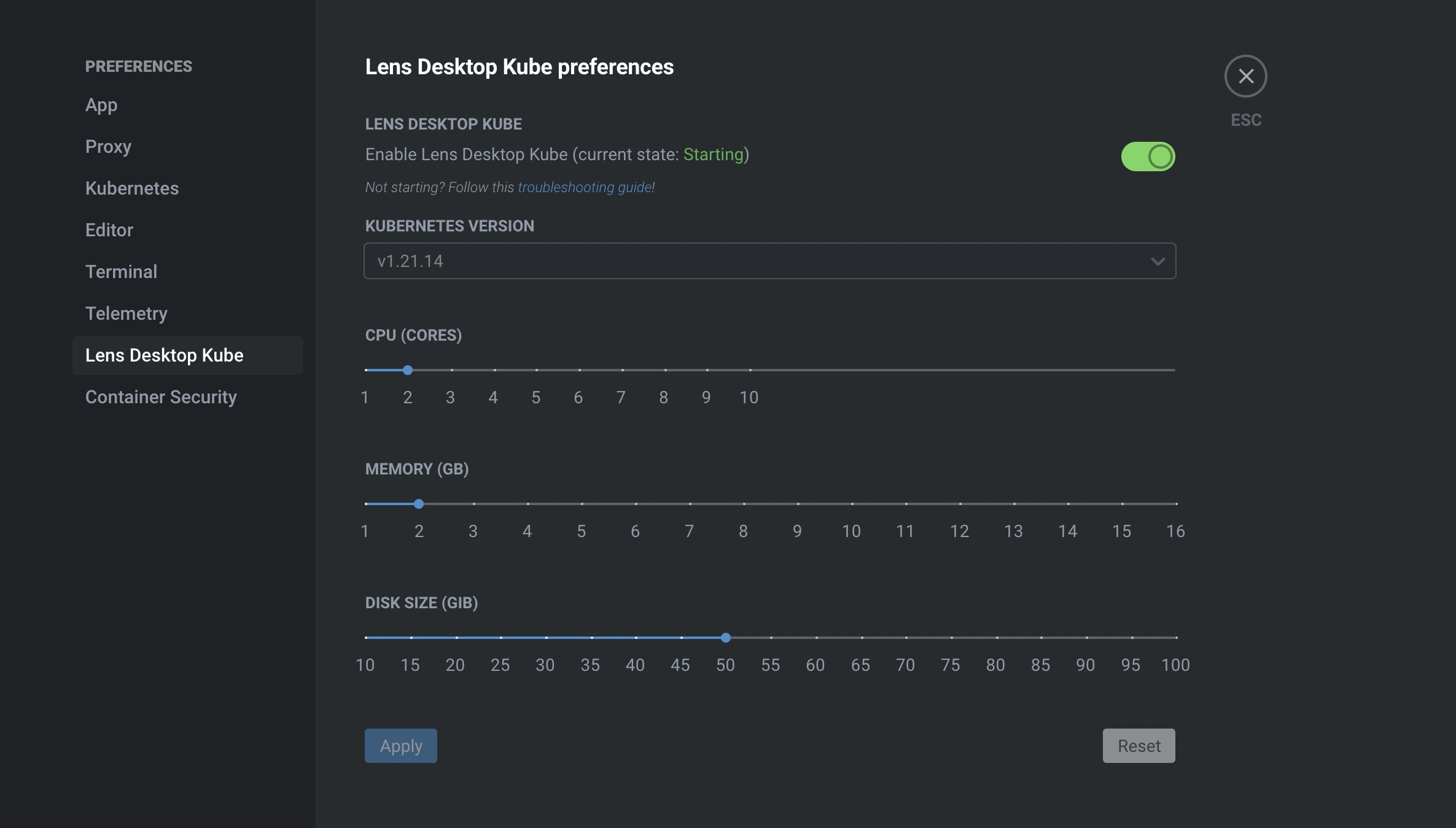DevOps is supposed to be a groundbreaking approach for boosting development and operations’ joint ability to deliver applications and services at high velocity through better collaboration. But enterprises are starting to notice a DevOps productivity decay.
DevOps forges a mindset of continual breakthrough improvements, but new technologies aren’t helpful to establishing that. Looking back at the past 5 years, a prolific number of tools and technologies have been deposited on developers. These tools, competing for their attention, have hurled a high learning curve at them. A prime example of this is cloud.
A Skilling Problem
Cloud comes with a steep learning curve, and the ongoing cloud skill shortage echoes the gap that exists between technologies and technologists. Each time, an enterprise cloud, it falls on developers to upskill and adapt. In most companies, they are not given a sustainable way to do this. The implications are prevailing chaos and productivity dip.
But even reskilling too often is a zero-sum game, says experts, in which precious time and efficiency are lost in learning new skills that are discarded shortly after, causing a forgetting curve. It’s not only distracting, but also counterproductive.
So we met up with Opsly, a company based out of London, that is on a mission to shorten the experience curve for developers, and heighten the DevOps productivity curve. We talked to Dhiraj Narwani, Founder and CEO of Opsly, who informed us that Opsly’s mission is to automate cloud and make it easier for developers.
“We’re solving the problem of DevOps,” he said. “A lot of engineers come from different backgrounds – developers with back-end background, data, AI, and DevOps people who are in charge of writing the code and doing everything themselves when it comes to automation, but nowadays developers need to deploy apps on the cloud, and do their own cloud stuff.”
Mastering multi-cloud is a demanding job that takes hours of training and practice, and is well above developers’ paygrade. But whether one is a developer or a data scientist, cloud is inescapable. “If you’re building an app, you need to know what the cloud service does, how it works with your backend, how to scale it, especially Kubernetes now,” he said.
Saving Developers the Trouble
Narwani and the team did some brainstorming on how to gel DevOps and cloud, and came up with a self-service DevOps platform that makes the process several steps easier.

Opsly is a drag and drop interface that allows developers to create solutions in AWS, Azure and GCP without going into the technical nuts and bolts. Other self-service DevOps platforms claim to do the same, but when it comes to really complex solutions, these products fall short. The way Opsly stands out is by enabling complex connections between services. Narwani says that previously, self-service solutions have been black boxes where building complex things has been a challenge, and they don’t fit into the developers’ mindset.
On Opsly, users can import the cloud of their choice with a click of a button and get to building solutions right away.
Inside the UI
Opsly works off Terraform. “Terraform is a quite widely-used infrastructure code tool. It’s found in nearly every organization nowadays,” he comments.
It boasts of a clean and intuitively designed UI that offers excellent visibility and ease of use. Categories of services appear on the left. Users can pick any service from the list with a simple drag action and drop it on the UI and start configuring right away. Opsly lets users configure all parts of cloud infrastructure, namely, storage, network, compute, backup and recovery, and so on.
Narwani emphasizes that the drag and drop function gives developers the flexibility to build a complex solution in a few clicks. Everything on the interface is templatized for ease of use. There is no need to know the technical nuances, or go into extensive coding. The application prompts users to input parameters helping them link different services, no additional console required.
While users configure the solutions, the system validates them on the fly making sure that they can be deployed immediately upon completion. Up to this point, no coding is required.
Getting Hands-On with the Code
However, Opsly gives users the option to export code for deployed infrastructures as Terraform code. With just a click, full repos of code can be generated line by line on Terraform.
The long Terraform codes Opsly generates in minutes, Narwani points out, take developers weeks of work. Instead, teams can save time by repurposing them for different purposes.
Using them as base codes, developers can simply adjust variables and parameters and create new codes with which complex and advanced functions can be performed. All custom Terraform coding scripts can be imported to Opsly from GitHub or Terraform Registry, and saved in the library for later use.
This gives developers a level of autonomy. With Opsly providing them codes of their own, they can bypass the trouble of procuring them from the Ops team, saving time and need for collaboration.
All premade codes on Opsly are tested and validated. Custom-built with the enterprise standards of encryption, the codes can be deployed as is.
Lastly, we asked Narwani, how does Opsly fit into the developer’s mindset. He responded that increasingly, developers are displaying a lack of interest in learning more new technologies. Opsly prioritizes simplicity over everything, and with its self-service DevOps platform, it makes sure that time and efficiency are not lost in unnecessary skilling.
For them Opsly presents a ready-to-use solution that serves the twin purposes of enhancing the quality of cloud experience, and optimizing developers’ efficiency.
In the next phase, Opsly will integrate with Slack, bringing the process one step closer.
To see the solution in action, request a demo on Opsly’s website. For more stories like this, keep reading here at Gestalt IT.




